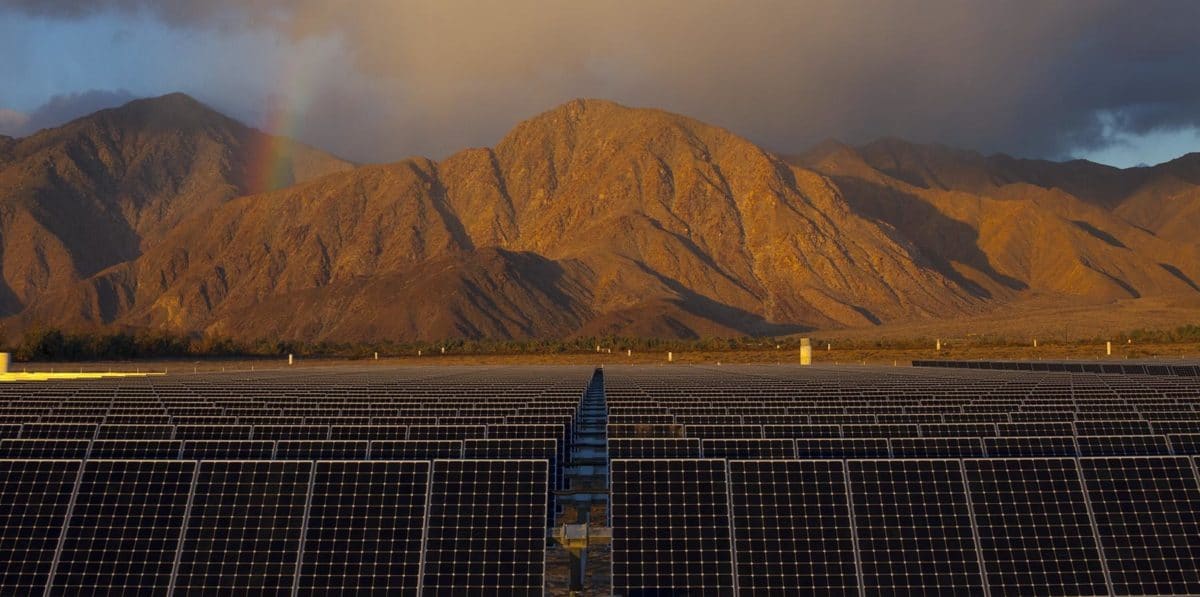Sempra Energy signed a Memorandum of Understanding with the National Renewable Energy Laboratory (NREL) for a joint effort to advance future net-zero energy systems.
The two will coordinate and share objectives focused on:
- Advancing artificial intelligence to scale solutions across the U.S. and enable cities to reach clean energy goals;
- Integrating low-carbon fuel solutions, including hydrogen, renewable natural gas, carbon capture, utilization and sequestration, and fuel cells;
- Exploring innovative solutions towards 100% renewable energy communities, requiring and implementing smart and enhanced controls, integration and operational capabilities as a blueprint for expansion;
- Enhancing electric grids with technology that upgrades the infrastructure with a focus on reliability, connectivity and security; and
- Promoting viable net-zero solutions that are delivered with equity and widespread community access.
The MOU continues a history of collaboration between the two. In 2013, Sempra Energy’s subsidiary San Diego Gas & Electric Co. and NREL established a utility-owned community microgrid in Borrego Springs, California. The microgrid is connected to a local 26 MW solar field (owned by a third party), two battery storage systems, two generators, and an ultracapacitor.
Solar farm advances in New Brunswick
NB Power selected a New Brunswick solar company to build a 1.63 MW solar farm, the first of its kind in the Canadian province and part of a larger Smart Grid Atlantic smart and renewable energy research program being run by NB Power, Siemens Canada, and Nova Scotia Power.
The Smart Energy Company will deploy it packaged solar energy system that was designed for Canadian winters in collaboration with the National Research Council. The packaged system includes a ground-mounted racking structure, solar modules, grid-tie inverter, electrical wiring, and all miscellaneous hardware and components.
Site work for the Shediac solar farm is being completed by NB Power crews and local contractors. Module installation is expected to begin this summer after the racks have been fabricated at Smart Energy’s facility through a partnership with Razor Contract Manufacturing.
The solar facility is expected to connect to the NB Power distribution grid in the town of Shediac early in 2022. It will be the third, and largest, solar installation in Shediac this year as part of the Smart Grid Atlantic program. The town’s Multipurpose Centre and a Federal Pension Centre recently installed rooftop solar arrays, and are installing the first commercial battery storage systems in large buildings in the province.
Leyline Renewable provides construction financing
Leyline Renewable Capital has partnered with SaveSolar, a Washington D.C.-based solar company that finances and develops community solar projects, to develop 10.3 MW of solar capacity in the city. Through a $10 million construction facility, Leyline will provide SaveSolar with the working capital and initial construction equity to develop and retain ownership of approximately 17 residential, commercial, and government rooftop solar projects.
Lower emissions from power production
The U.S. electricity generation mix has shifted away from coal and toward natural gas and renewables over the past 15 years, leading to lower CO2 emissions from electricity generation.
According to the Energy Information Administration (EIA) in 2019, the power sector produced 1,724 million metric tons (MMmt) of CO2, 32% less than the 2,544 MMmt produced in 2005.
EIA said that lower CO2 emissions have largely been a result of a shift from coal to natural gas in the electricity generation mix. For the next few years, however, this trend may be changing. EIA forecasts that higher natural gas prices will lead to less natural gas-fired generation and more coal-fired generation this year. By 2022, both coal and natural gas are expected to lose ground to renewables.
EIA said that in 2005, 9% of the electricity generated in the United States came from renewable sources. That share rose to 18% in 2019, largely driven by growth in solar and wind. Nuclear made up about 20% of U.S. generation in both 2005 and 2019.
Novel lithium extraction process
Schlumberger New Energy and Panasonic Energy of North America will work together to validate and optimize a lithium extraction and production process to be used at Schlumberger’s Neolith Energy pilot plant in Nevada.
Neolith Energy’s approach uses a differentiated direct lithium extraction (DLE) process to produce high-purity, battery-grade lithium material while reducing the production time from over a year to weeks. Panasonic will provide guidance to validate and optimize the lithium material for battery-grade consumption. The pilot plant is 200 miles from Panasonic’s large-scale advanced battery manufacturing operation in Sparks, Nevada.
Neolith Energy’s objective will be to pump brine from the subsurface, extract greater than 90% of the dissolved lithium, and pump more than 85% of the brine back to the subsurface. In addition to maximizing the reinjection of the brine, the goal is to eliminate the need for any fresh water from an external source.
This content is protected by copyright and may not be reused. If you want to cooperate with us and would like to reuse some of our content, please contact: editors@pv-magazine.com.









By submitting this form you agree to pv magazine using your data for the purposes of publishing your comment.
Your personal data will only be disclosed or otherwise transmitted to third parties for the purposes of spam filtering or if this is necessary for technical maintenance of the website. Any other transfer to third parties will not take place unless this is justified on the basis of applicable data protection regulations or if pv magazine is legally obliged to do so.
You may revoke this consent at any time with effect for the future, in which case your personal data will be deleted immediately. Otherwise, your data will be deleted if pv magazine has processed your request or the purpose of data storage is fulfilled.
Further information on data privacy can be found in our Data Protection Policy.